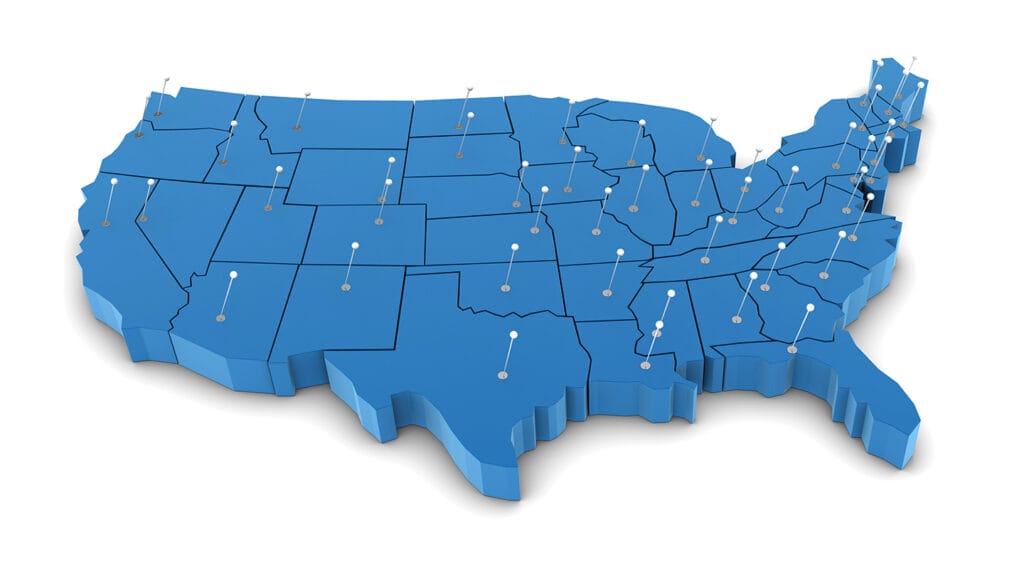
A new report from research firm ATI Advisory offers a number of policy and program suggestions to improve the care experience for dual eligibles.
There are 12.5 million dual-eligible individuals — people enrolled in both Medicare and Medicaid — in the United States. ATI interviewed 53 dual eligibles and their caregivers and conducted structured interviews with 44 other stakeholders and providers to better understand dual eligibles’ unique experiences and needs. This population faces confusion and difficulty enrolling in, maintaining eligibility for and finding providers of Medicare and Medicaid services, according to the report.
In response to the challenge of getting and maintaining eligibility for Medicare and Medicaid services, ATI offered a solution of maintaining Medicaid eligibility.
“Continuous Medicaid eligibility for a certain amount of time can protect coverage between renewals, and having a deeming, or ‘grace,’ period helps individuals resolve any temporary or administrative issues before being removed from Medicaid coverage,” the report said.
Another burden among dual eligibles is confusion about their coverage options and lack of awareness of potential benefits of enrolling in more integrated products. This issue, ATI said, is compounded by Medicare and Medicaid timelines that often conflict with one another.
“Individuals who are dual eligible need a more simplified enrollment experience that is culturally appropriate and accessible,” the report said. “This simplification includes a streamlined process, enhanced enrollment support, and assurances that marketing and available options are not misleading.”
ATI suggested that a streamlined enrollment process with aligned dates, materials and notifications would result in a “single, integrated” experience for dual eligibles.
Finally, dual eligibles often encounter out-of-date provider directories and providers refusing to accept new patients. ATI said that dual eligibles need access to a “comprehensive network” of providers that can deliver physical, behavioral and social care services.
“Provider networks should be regularly monitored to ensure individuals who are dual eligible have continued sufficient access to all covered services and supports they are eligible for,” the report said.


